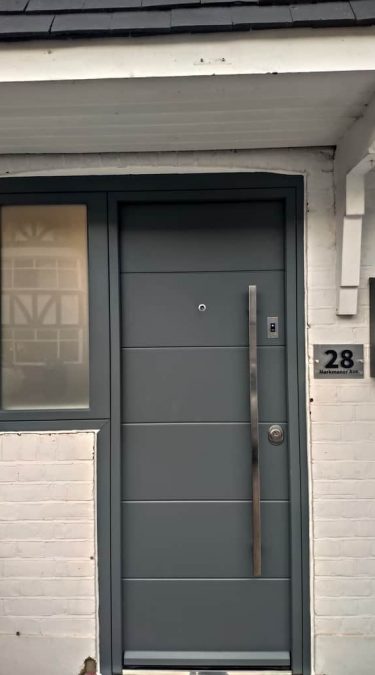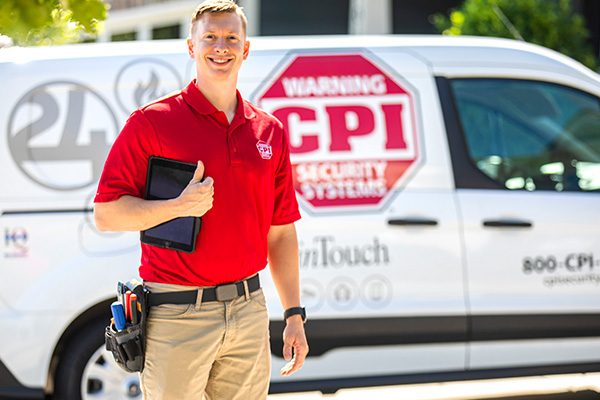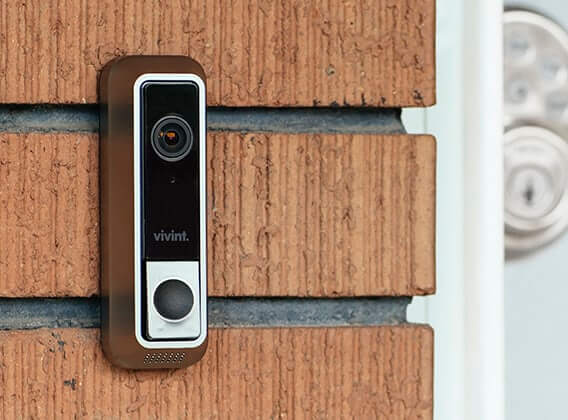
Schlage Encode deadbolts have some of the highest features available. It has built-in Wi-Fi, which allows you to control your door remotely, and manage up to 100 guest access codes. It also has a touchscreen with a fingerprint-resistant and capacitive surface for easy one-touch locking.
Wi-Fi enabled deadbolt
This Wi-Fi-enabled deadbols from Schlage pairs with the Schlage Home app to make it possible to create recurring and permanent guest access codes. It can store up to 100 codes, and the fingerprint-resistant touchscreen enables one-touch locking and unlocking.

The Schlage Encode Smart WLAN Deadbolt is designed to connect with your home's Wi-Fi and is compatible most smart home hubs like Apple HomeKit (Amazon Alexa), Google Assistant, and Google HomeKit. The device is compatible with any Z-Wave gadget, such as a smartTV. It can also be controlled from a smartphone via Bluetooth. However, it is not yet compatible with Zigbee hubs.
Lacks two-factor authentication
One of the problems with Schlage Encode is its lack of two-factor authentication. You will need to install a separate app in order to activate this feature. It can also be affected by connectivity issues and insufficient bandwidth. This can be solved by unplugging your Schlage Encode then reconnecting it.
It is important to update the SchlageEncode app, otherwise it may not be connected to a network. It might be connected to the wrong WiFi channel. This is a problem that you should fix by placing the device near your router.
Lacks dual data encryption
The Schlage Encode Plus smart lock claims to use dual data encryption (up to 128-bit AES). This should prevent unauthorized entry. However, the smartlock's app does not offer two-factor authorization. This will alert you if someone attempts access to your account. Wyze Lock is another smart lock with 2-factor authentication. You will need to download an app in order to access this feature.

Lacks fingerprint sensor
Invisible locks, which lack a touchscreen or other accessories, are wireless and work with a fingerprint sensor. They can also be controlled with a tablet, mobile phone or voice recognition. These locks can be opened using Bluetooth or WiFi waves. These locks are a great choice for landlords concerned about security.
FAQ
What is the best wireless system for security?
The best wireless security system I recommend is the D-Link Wireless Security System. It is also very affordable. All the features you want in one package. It comes with a camera, motion sensor, and remote control. All you need to do is plug it in and follow the simple instructions.
What's the difference between security cameras and surveillance cameras?
Surveillance cameras are used for monitoring purposes, while security cameras are used for protection.
Each type of camera has its pros and cons. The main difference between them is the type of images they capture. Surveillance cameras record video at slow speed, so you can see what's going on in real-time. Security cameras however, record video but not still photos. These images can be viewed later.
Which is the best home security system?
ADT Pulse is the most widely used home security system.
What does it cost to have a great home security system installed?
A good home security system costs about $2,500. It may seem like a large sum, but the security and peace of mind that you will get from a home with a good system is very affordable.
Statistics
- Related questionsHome security systems that are 100% DIY (safewise.com)
- Unlike other online safety services that charge up to 100 percent of your monthly fee, Cove charges no upfront fees and has no hidden costs.
- Depending on your insurance, 24/7 professional monitoring may qualify you for as much as 15% off your premium. (safewise.com)
- (In my experience, the discount on my home insurance covered about 25 percent of the subscription of an average plan, but your mileage may vary depending on your location and the size of your home.) (theverge.com)
External Links
How To
How to test a home alarm system
How to test a Home Security System
The first step is to install your alarm monitoring software on your computer. The manufacturer recommends that you download the most recent version. Next, set up your phone number to allow monitoring centers to route calls directly to your number. If you don’t know the right way to do this, your local service provider can help you. Once everything is setup correctly, you're ready to start testing!
Two main methods can be used to test your system. The first is to use a dummy. This is basically a fake device which looks exactly like a real device. It looks the same as the real thing but doesn't work. It sounds exactly like the real thing if it were working properly when it is turned on. However, there are some drawbacks to using a dummy device. First, it won't tell you anything about the actual functionality of your system. Second, it might look suspicious to people who see it sitting around. It might also be stolen.
Another method is to manually test your system. You will need to go through your entire system and verify that everything is working properly. You would check, for example, whether the motion sensors are working, the cameras are recording properly, and if the door locks work. Make sure that you test all of these things at least once per week. Once everything is tested thoroughly, you will be able to feel confident that the system is working properly.